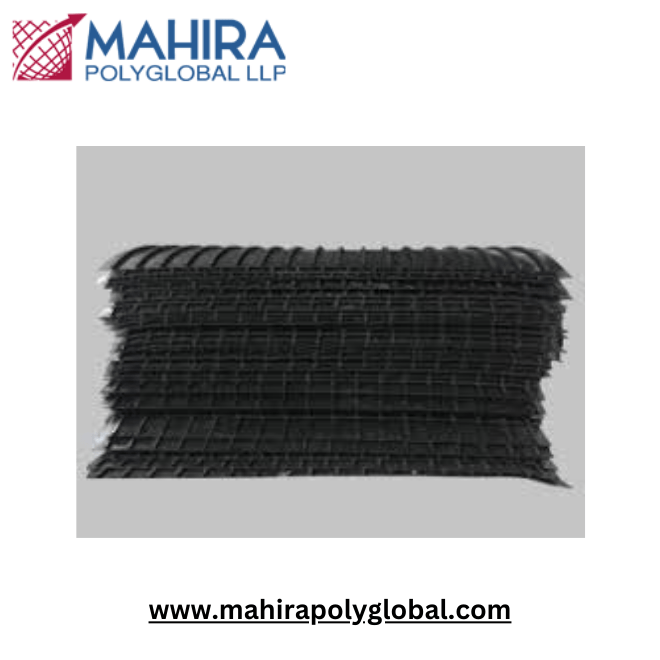Growing blueberries in containers is an excellent way to enjoy fresh fruit, especially for those with limited garden space or poor soil quality. Containers allow for better control over growing conditions, such as soil acidity and water drainage, which are critical for blueberries. However, choosing the right type of container is essential to ensure the health and productivity of your potted blueberries. This article will explore the various options for blueberry containers, highlighting the best choices based on size, material, drainage, and more.
Why Growing Blueberries in Containers?
Blueberries (Vaccinium spp.) are naturally hardy plants that thrive in acidic soil with good drainage. In traditional in-ground cultivation, achieving these ideal conditions can be challenging, especially in areas with alkaline soil or unpredictable weather. Growing blueberries in containers offers several advantages:
- Control Over Soil Conditions: Blueberries require acidic soil (pH 4.5–5.5). In containers, you can easily amend the soil to suit their needs.
- Portability: Containers allow you to move the plants to locations with optimal sunlight or protection from frost.
- Space Efficiency: For those with small yards, patios, or balconies, container gardening offers a perfect solution for growing fruit in limited space.
- Reduced Pest and Disease Problems: Container-grown blueberries are less susceptible to certain soil-borne diseases and pests that can affect ground-grown plants.
Choosing the Right Type of Container
When selecting the best container for growing blueberries, several factors need to be considered, including size, material, shape, and drainage. Below are the key considerations and recommendations for the ideal container.
1. Container Size
The size of the container is one of the most crucial factors for successful blueberry growth. Blueberries have shallow root systems, but they still need ample space to spread their roots. The ideal container size will depend on the variety of blueberry and its growth stage.
- Smaller Varieties: For compact blueberry varieties like “Top Hat” or “Jelly Bean,” a container with a diameter of at least 18–24 inches and a depth of 18 inches is sufficient.
- Larger Varieties: If you’re growing larger varieties such as “Legacy” or “Patriot,” opt for a container that is 24–36 inches in diameter and 18–24 inches deep. Larger pots allow for better root development and greater fruit yield.
- Square Pots: Square pots can be a good choice as they offer more space at the base than round pots, allowing roots to spread more evenly. These pots are also more space-efficient, making them a great option for urban gardens and patios where maximizing space is essential.
2. Material of the Container
The material of the container affects not only the aesthetics of your blueberry plant but also its ability to retain moisture and regulate temperature. There are several materials to choose from:
-
Plastic Pots: Lightweight and easy to move, plastic pots are a popular choice for blueberries. They are also affordable and come in various sizes and shapes. However, they can retain heat, which can lead to root overheating in hot climates, and they are not as durable as other materials.
-
Clay and Terracotta Pots: These materials provide a more aesthetically pleasing option but tend to dry out faster. Clay pots are porous, allowing for better air circulation to the roots, but they also require more frequent watering.
-
Wooden Pots: Wooden containers offer natural insulation for the roots, protecting them from extreme temperature fluctuations. They are also durable and eco-friendly. However, they can be heavy and prone to decay over time, especially if not treated properly.
-
Fabric Pots: Fabric pots, like those used in some growing systems, are becoming increasingly popular for growing blueberries. They provide excellent drainage and air circulation to the roots, which promotes healthy root growth and prevents root rot. These pots are also lightweight and easy to store during the off-season.
3. Drainage
Blueberries are highly sensitive to standing water, and proper drainage is essential to prevent waterlogged soil and root rot. Regardless of the type of container you choose, ensure it has sufficient drainage holes at the bottom. If the container doesn’t have holes, you may need to drill some yourself. Additionally, it’s a good idea to elevate containers slightly off the ground, which ensures that excess water can drain freely.
Self-watering pots can be a convenient option as well, as they help maintain consistent moisture levels, but make sure they still allow for excess water to escape.
4. Shape of the Container
The shape of the container can impact the root growth of your blueberries. Round pots are the most commonly used containers, but square pots have some distinct advantages. Square pots make better use of space by allowing more room for the roots to spread out horizontally, which is particularly beneficial for blueberries. Additionally, square pots are easier to align in rows or on shelves, making them a practical choice for urban gardeners or those looking to grow multiple blueberry plants in limited space.
5. Insulation for Winter
Blueberries are hardy plants, but container-grown blueberries require additional winter protection in colder climates. During the winter months, the soil in pots can freeze, damaging the roots. To protect your blueberries, consider containers with thicker walls that offer more insulation, or use insulating materials like burlap or bubble wrap to wrap around the pots. Additionally, you can move the pots to sheltered areas, such as a garage or greenhouse, to keep them from freezing.
6. Color of the Pot
While the color of the pot might seem like a minor factor, it can play a role in regulating the temperature of the soil. Dark-colored pots absorb more heat, which may benefit the plant in colder climates. However, in hot climates, dark pots can cause the soil to overheat, which can stress the plant. Lighter-colored pots are better suited for warmer climates as they reflect heat and help keep the soil cooler.
7. Best Potting Mix for Blueberries
Regardless of the container you choose, the right potting mix is essential for blueberries. Blueberries require well-draining, acidic soil with a pH level between 4.5 and 5.5. Standard potting mixes often have a neutral pH, so it’s important to amend the mix with peat moss or pine bark to lower the pH. Some gardeners also add perlite or sand to improve drainage. Avoid using regular garden soil, as it may compact in containers, leading to poor drainage.
Conclusion
When choosing a container for growing blueberries, it’s essential to consider the plant’s need for space, drainage, and the right growing conditions. The best containers for blueberries are typically large, well-draining pots that allow the roots to spread freely. Square pots, fabric pots, and ceramic or wooden pots are excellent choices for creating a healthy environment for your potted blueberries. Ensure that the container has adequate drainage, and remember that blueberries require acidic soil, consistent watering, and winter protection in colder climates.
By selecting the right container, you can successfully grow blueberries in your garden, on a patio, or even on a balcony, providing you with fresh, delicious fruit year-round.













